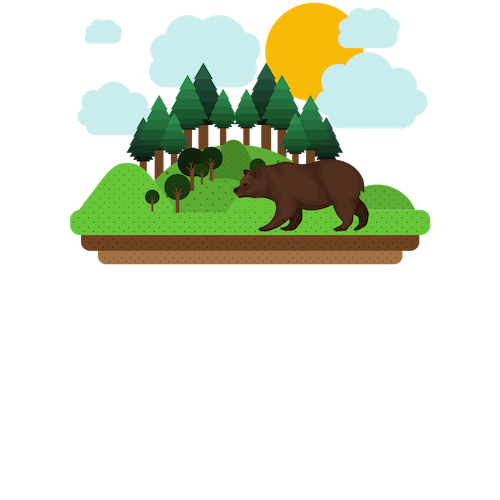April 2019 is the 49th Anniversary of Earth Month where many of us come together to further stress the importance of helping our environment and keeping mother earth as clean and sustainable as we can. This year, Earth Month is focused on protecting our threatened and endangered species. More and more animals are making it onto the endangered species list.
Many of us here at ecoprintQ are giant animal lovers and very committed to the fight to keep our wildlife and mother earth as protected as we can. After all, this is our home. Here are 3 tips to help you get started in joining the fight and turn Earth Month into Earth Year, every year.
- Plastics, Plastics, Plastics,
It is no secret just how bad and out of hand plastics has gotten worldwide. Many countries and cities are starting initiatives to slowly ban plastic use. Our oceans and marine life have been suffering and continue to suffer because of plastic. More and more headlines about animals, both marine and aviary alike being found with stomachs full of plastics, or injuries due to plastics are popping up.
The European Parliament has recently approved a ban on single-use plastics by 2021. This includes plastic straws, cutlery, plates, and cotton swab sticks. You can read the article from the NY Times here. When going shopping for groceries take a reusable bag (or a few) and keep them in the trunk of your car so you can use them each time. This way you won’t need to rely on plastic bags at the store.
Plastics have
- Pollution
Noise pollution, water pollution, air pollution, soil pollution, light pollution…there are 5 main types of pollution (to learn more about the 5 types check out this article). While we of course can’t prevent pollution altogether, we can definitely reduce the amounts. When it comes to water pollution, plastics is probably the largest source. The section above details how we can start clearing out some of that pollution and work towards preventing it all together.
A few ways in which we can reduce air pollution include conserving energy, carpooling, biking, walking, or using public transportation to get around. Recycling, planting trees, getting some fresh air in by leaving your windows open (make sure not to leave your AC on too!), and using non-toxic cleaners are all things you can do to help cut down air pollution.
For soil/land pollution, the key here is to reduce, reuse, and recycle. Much of what goes into helping reduce pollution is fairly repetitive. For soil and land pollution reducing waste, especially paper waste is not only doable, but certainly benefits companies, schools, and libraries, more than they know. As an authorized distributor of PaperCut’s leading print management software, we can help you in that department.
- Take Action
There are plenty of ways you can start taking action. From signing petitions to finding local activities like beach clean-ups. Although cliché, the saying “Where there’s a will there’s a way” applies greatly when it comes to this fight. Get involved in any way that you can. Whether it’s taking the step-in ditching plastic bags and using reusable ones, to recycling and ensuring your plastics and aluminum don’t end up in the oceans.
Learn more about what you can do and read about declining species at earthday.org. Find out more about how we can help you take the first steps into reducing pollution by ways of print management, allowing for both us and our wildlife and to thrive. Send us an email at sales@ecoprintq.com or call us at 800-236-8499.
